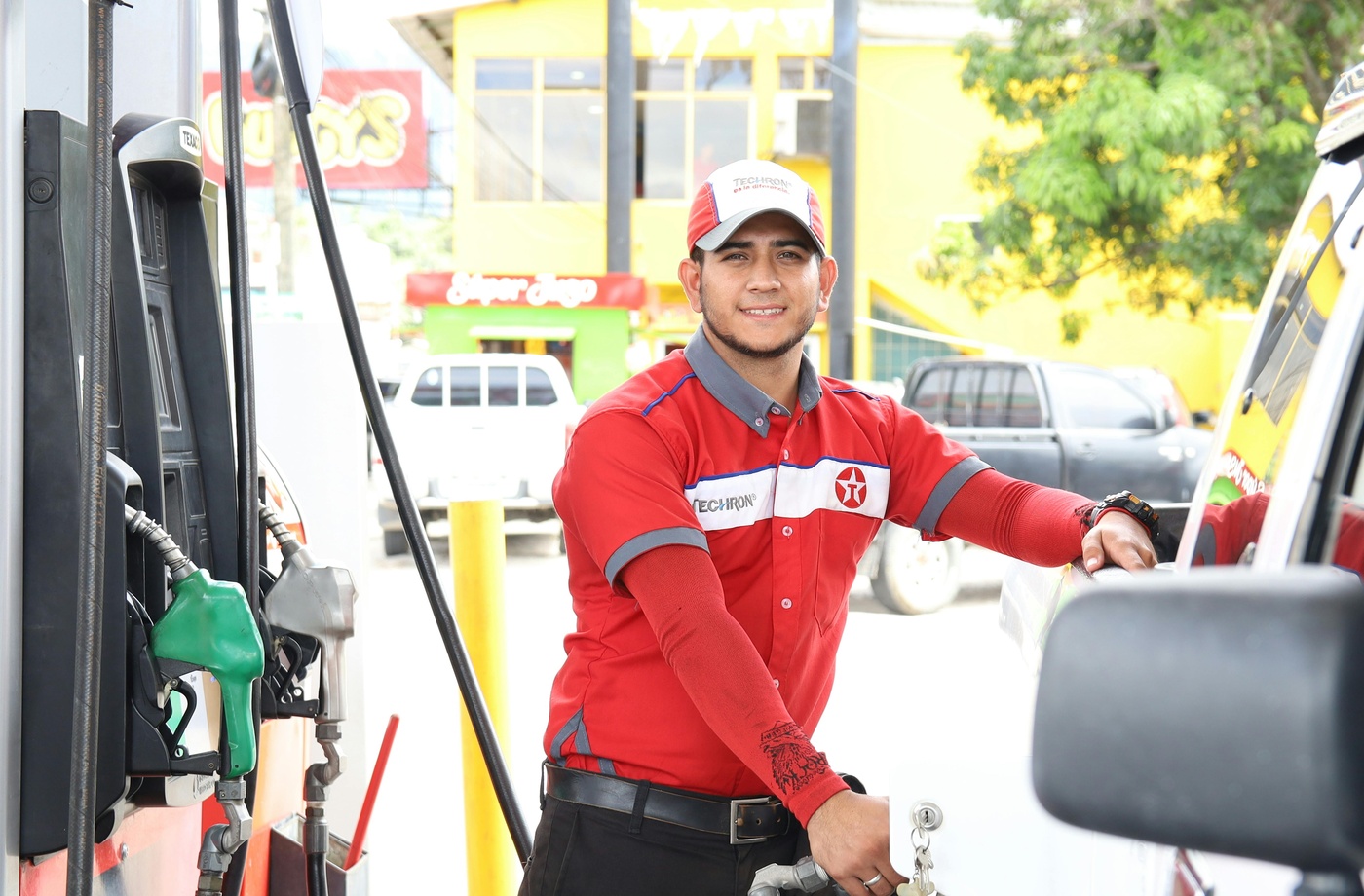Top 10 Ways to Stretch Every Gallon of Gas
Gas prices may be unpredictable, but how far your tank takes you doesn’t have to be. With a few smart adjustments to your habits and vehicle care routine, you can significantly improve fuel efficiency—no tech upgrades or cashback apps required. Whether you’re commuting daily or prepping for a road trip, these practical tips can help you get more miles for your money.
Here are the top 10 ways to stretch every gallon of gas, backed by real data and expert insights from Consumer Reports.
- Drive Smoothly and Avoid Hard Braking
Aggressive driving—like rapid acceleration and hard braking—can lower gas mileage by up to 30% on the highway and 10% in city traffic. Ease into stops and maintain a steady speed whenever possible. It’s safer and saves fuel.
- Stick to the Speed Limit
Fuel efficiency generally peaks between 50 and 65 mph. Above that, wind resistance increases and gas mileage drops rapidly. Driving just 5–10 mph over the speed limit can reduce your miles per gallon significantly.
- Keep Tires Properly Inflated
Underinflated tires increase rolling resistance, which forces your engine to work harder. According to FuelEconomy.gov, properly inflated tires can improve fuel economy by up to 3%. Check your pressure monthly and before long trips.
- Lighten the Load
Every extra 100 pounds in your car can lower MPG, especially in smaller vehicles. Remove unnecessary items from your trunk or back seat. If you’re not using your roof rack or cargo box, take it off—external accessories add aerodynamic drag and reduce efficiency.
- Limit Idling Time
Modern engines don’t need long warm-ups. Idling for more than 10 seconds uses more fuel than restarting your car. Turn off your engine while waiting in parking lots, school pickup lines, or long drive-thrus.
- Use Cruise Control (When Appropriate)
On flat highways, cruise control helps maintain a consistent speed and improve fuel economy. Avoid using it on hilly terrain, where it may overcompensate and burn more fuel than necessary.
- Maintain Your Vehicle Regularly
A well-tuned engine runs more efficiently. Replace air filters and spark plugs as needed, keep fluids topped off, and follow your manufacturer’s maintenance schedule. A simple oxygen sensor replacement, for instance, can improve mileage by up to 40% if it’s faulty.
- Use the Recommended Grade of Motor Oil
Check your owner’s manual for the recommended oil type. Using a different viscosity than what’s specified can increase friction, reducing your engine’s efficiency.
- Combine Trips and Avoid Rush Hour
Running multiple errands in one trip reduces the number of cold engine starts—where fuel consumption is higher. Try to avoid peak traffic hours and use apps like Google Maps or Waze to optimize routes.
- Use Air Conditioning Wisely
At low speeds, it’s more efficient to crack the windows. At highway speeds, use air conditioning instead of open windows to reduce drag. Set the A/C to recirculate mode for a cooler cabin with less strain on the system.
Smart Habits Drive Real Savings
Fuel economy isn’t just about technology—it’s about how you drive and care for your vehicle. By adopting these simple, proven tips, you can stretch every gallon further and keep more money in your tank for longer drives ahead.



